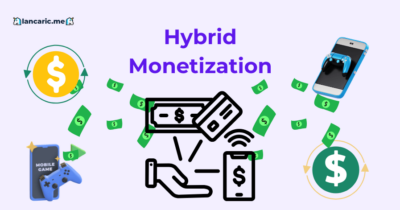
How to Soft Launch a Mobile Game in 2024?
Soft launching a mobile game in 2024 is a strategic move that can make or break the success of your game’s full release. With the mobile gaming market more competitive than ever, a carefully executed soft launch allows developers to gather valuable data on user behavior, identify potential issues, and fine-tune gameplay mechanics. By leveraging Semantic SEO, entity-oriented search, and advanced natural language processing, developers can optimize their game’s visibility and audience engagement during the soft launch phase. This guide will walk you through the essential steps to effectively soft launch your mobile game, ensuring you maximize user retention, improve monetization strategies, and achieve a successful global release.
A soft launch is essential for testing and refining a mobile game before its full release. It allows developers to assess game performance, optimize user acquisition strategies, and enhance app store presence by making data-driven decisions based on insights from the soft launch stages. Key considerations include choosing the best countries for the soft launch, adapting strategies for different platforms (iOS and Android), and optimizing creative strategies for user acquisition.
How to Soft launch your game in 2024? Does something change? Of course, YES! Although the soft launch has not changed much, some aspects of the process are done differently.
Launching a mobile game takes loads of work. After months of development and production time, the soft launch period comes.
A soft launch will allow you to test your server infrastructure and ensure it can handle the load of a global launch.
For free-to-play games, especially those with in-app purchases, it is important to determine how well the game will do globally and if it has a good retention profile and monetization mechanics.
Simply put, this will tell you if your game will be profitable, and you should aim for a global launch or simply kill it.
If you plan on looking for a publisher for your game, you should know that many publishers will look for some soft launch data before committing to any monetary guarantee. Therefore, doing your own soft launch is highly recommended, as it will put you in a much better position during negotiations.
In this post, I’ll cover a few items that I believe are MUSTS for anyone in or about to enter a soft launch.
Why Should You Soft Launch Your Mobile Game Before a Full Release?
You Should Soft Launch Your Mobile Game Before a Full Release for following reasons:
What is the point of releasing a new game or app to a restricted audience market in advance of a full launch?

A successful soft launch is the best way to optimize your mobile game for global launch. The Build, measure & Learn loop is a product development principle that emphasizes iteration speed as a key component in product development.
When using this principle, the goal is to release your game to market as soon as possible, measure its performance, and then iterate based on user data, repeating the loop as often as required or possible.

What are the Soft launch Stages for Mobile Game?
Soft launch Stages for Mobile Game are as followed:
I like to divide the soft launch into three stages: technical, retention, and monetization. Each stage serves a different purpose, and we measure different KPIs.

In the Technical stage, we mostly focus on data health, crash rate, and tracking. In general, you need to make sure your tracked data that will be used for evaluation and campaign algorithms are correct enough. This is essential for running campaigns effectively.

In the Retention stage, we measure D1, D3, and D7 Retention (duh!), FTUE, tutorial completion rate, and much more. Game developers are obsessed with achieving the highest D1 retention numbers, but D1 is not the holy grail. I’ve seen games with D1 retention of around 25% still being able to generate 2 million EUR a month. The magic was behind good D60 retention of 6-8%. Therefore, focusing on the ratio between D1, D3, and D7 is crucial. Joakim described multiple scenarios here; definitely check them out.


If you have already launched your app on iOS as well, you can check App Analytics. You can put your app’s performance into context by comparing it to that of similar apps on the App Store. Compare your results across several key metrics, including conversion rate, day 1, day 7, and day 28 retention rate, crash rate, and average proceeds per paying user to understand your app’s performance across the customer journey.

In Pre-Launch, you move gradually from one test to another, from Tech to Engagement, Monetization to Soft Launch testing.
-
- Each step has benchmarks for specific KPIs that help you understand if the game shows potential.
- If the game is underperforming, you have the opportunity to improve and continue testing.

The Google beta program is gaining popularity amongst game developers. Google has done a pretty good job of giving game publishers the tools they need to make their games the best they can be. The benefits of beta testing are obvious: you can test your game with specific groups or open your test to Google Play users and these users are able to provide private feedback to developers both before and after launch.
At Google Play, they developed different Pre-Launch tracks to help developers test and optimize games before releasing them globally. Each track has its benefits and limitations; you can easily control them in the Play Console. The main idea behind these tracks is to help you test and optimize the game in a safe environment.
Available testing options include;
- Internal testing is available only to people inside your organization
- Closed testing is available to a larger set of testers but is not publicly available
- Open testing which will make pre-release versions of your app available on the Google Play store
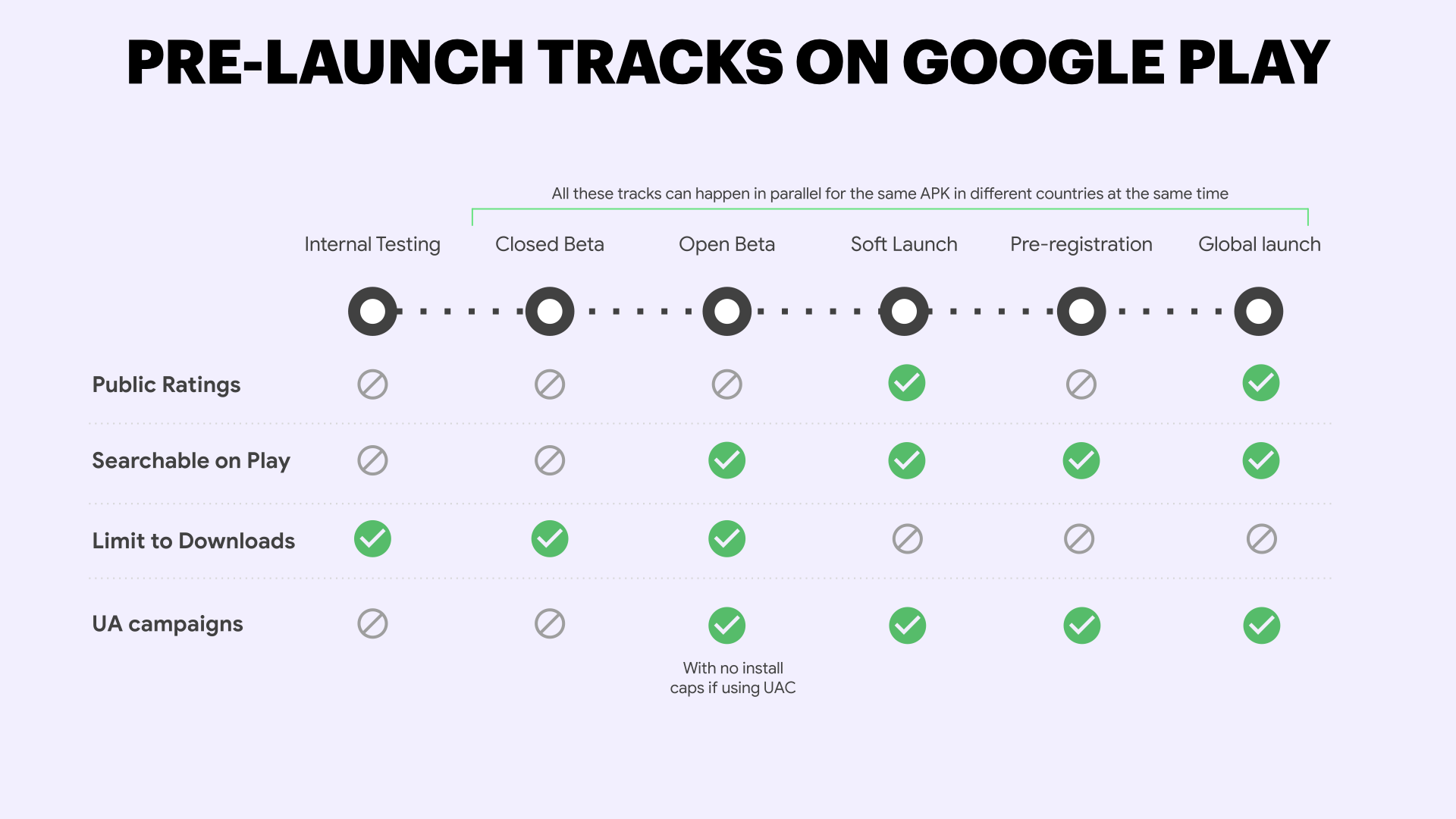
Games in the beta testing program don’t get reviews on the store, which can be beneficial when something really breaks. A beta testing program is the way to go in a soft launch since you can do the same activities as if your game was live in a limited amount of GEOs.

But enough about retention. Let’s focus on the monetization stage, where the fun starts. Measuring ARPU, payment conversion, and Dx ROAS requires running purchase (ROAS)- oriented campaigns —AEO/VO on Facebook or tCPA/tROAS/AdROAD/HybridROAS on Google Ads.

Let’s not forget about Ad monetization. In this stage, you should already have cracked the rewarded video ad placement. Now you are playing around with setting up waterfalls and combining floors with bidders.
If you’re not familiar with how to manage an ad waterfall or the mediation setup at this stage I would recommend relying solely on Unity ads. Once you’ve set up ads, the North Star KPI you should track at this stage is Impression per DAU. Generally, an IMP/DAU above 4.0 means the Rewarded Video (RV) placements you’ve placed in the game will impact your UA efforts in a meaningful way. If you’re coming in below this number you either have to change the RV placements, and RV rewards or accept that the Ad revenue will not make up a significant portion of your revenue. If you’re only using one ad partner at this stage, it is a good general rule of thumb that once you add a mediation platform you’ll increase your ad revenue by 100%. Then with a proper mediation setup, you’ll further increase the ad revenue by another 25%.
How Long Should Your Mobile Game Stay in Soft Launch?
How long should we be in the soft launch? There is no correct answer to this. The goal of the soft launch is not to be in a “tweaking mode” forever and step by step improve the game. Not every time it’s possible.

How long your game can stay in the soft launch is influenced by multiple variables:
- CPI vs LTV or Dx ROAS goal hit
- Retention KPIs
- Monetisation KPIs
- Money in the bank account
- Kill the game, save your company
How Do You Choose the Best Country for Your Mobile Game’s Soft Launch?
You Should Choose the Best Country for Your Mobile Game’s Soft Launch by following ways:
What criteria should you look for to discover which country is the best fit for your mobile game?

There is a wide range of different countries that seem quite suitable for a soft launch. When picking the most suitable GEOs, it is always important to consider your game’s target audience.
My favorite country for mid-core (male-oriented) games is Poland because it has a big Android penetration, high English proficiency, and a big male audience. Definitely check the allcorrectgames blog to check more insights from other countries as well.



But if I soft-launched a female-oriented game, I would probably skip Poland as a GEO. This is how we did it for the Darts Club:

Looking at multiple things like Facebook audience, potential CPI, and English proficiency, we did some calculations back in the days on the genre’s popularity.
This was all manual work, but I’ve done it for you in some countries here:


The most frequent question in soft launching: Is my CPI good? How does it compare to other games? While there was a Chartboost CPI benchmarks website, that is obsolete and far from the truth. Here are again some examples I can share to get an idea about how CPIs vary between GEOs and different optimizations and channels as well:





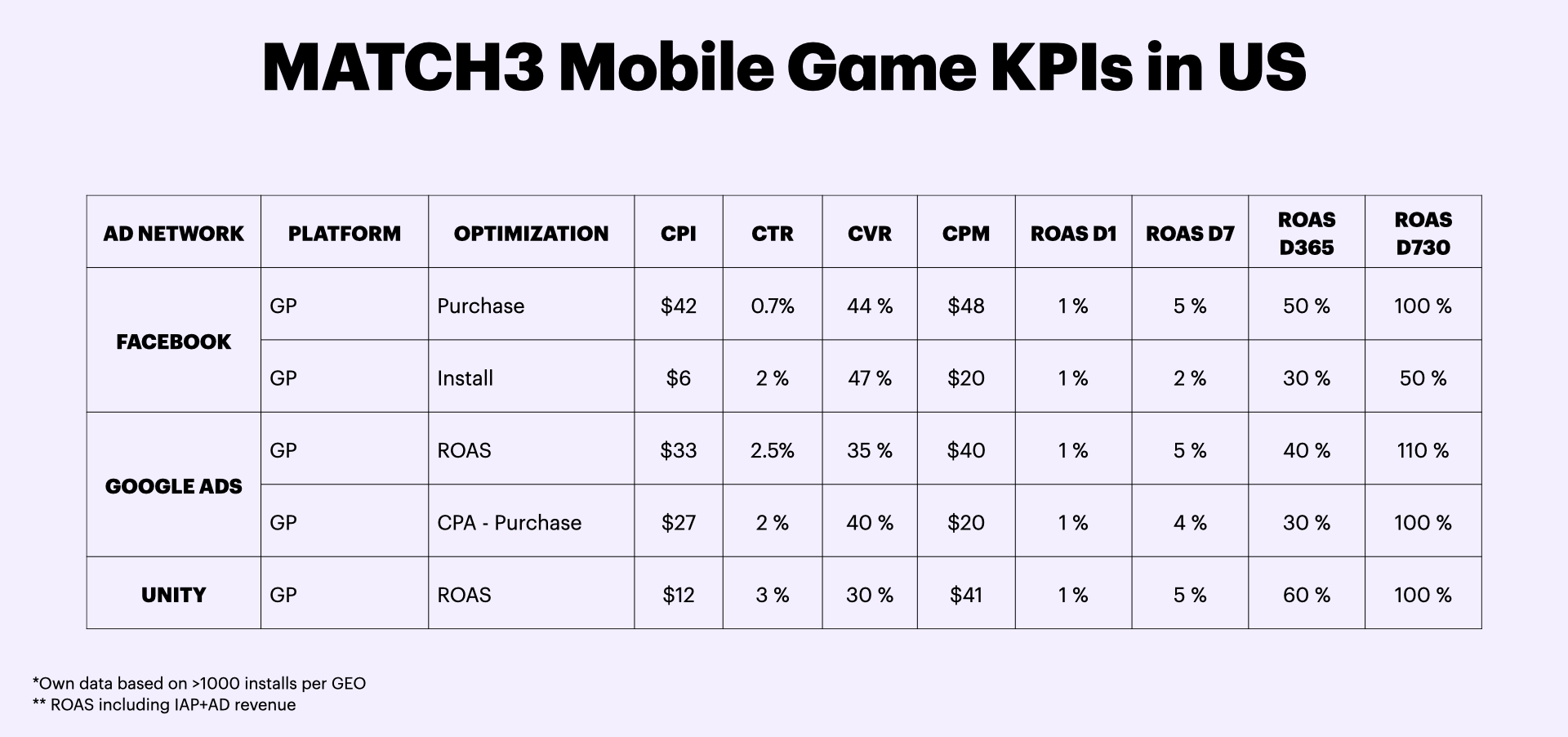
AppsFlyer also provides reports that rank the best markets to explore for user acquisition based on Game genre, OS, and country. This is great for the monetization stage of your soft launch.
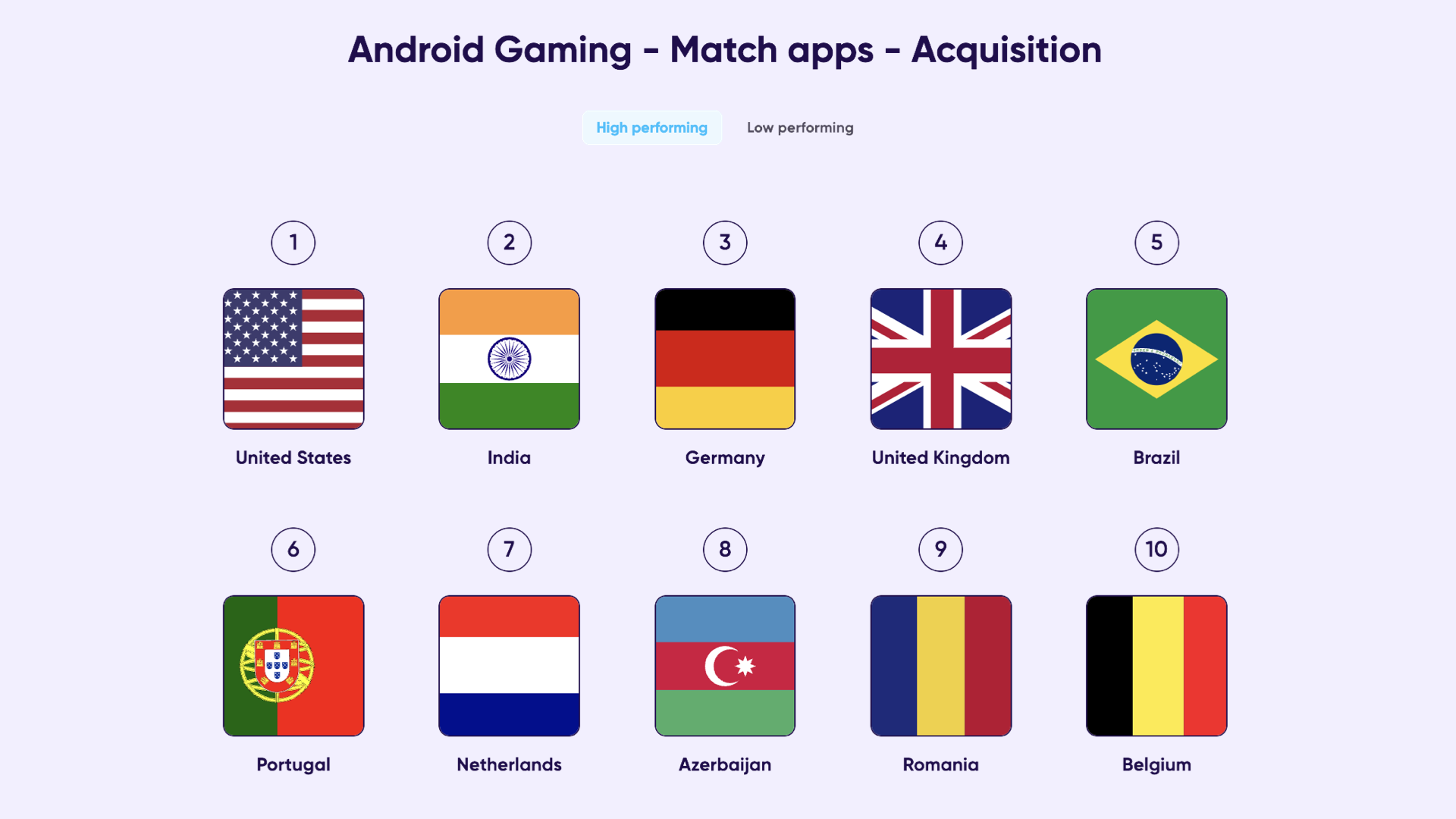
Why Is a Soft Launch on Android Crucial for Optimizing App Store Presence?
Soft Launch on Android Crucial for Optimizing App Store Presence for following reasons:
Even before the IDFA shenanigans happened, game developers launched their games in Soft launch on Android. Android was always the go-to platform thanks to the fast review processes and tools available in the developer’s console.

The algorithm in app stores always looks for keywords, a well-written description, and optimized titles. A soft launch is the best time to start keyword research and optimize your app store visuals.

Focus on Icons, screenshots, and feature images and test these at least once, but ideally, multiple times, to increase your chances of improving conversion rates and, therefore, decreasing the CPIs.

ASO should be a crucial part of your user acquisition strategy, so getting this right early on is important.
The soft launch is the stage where you can make sure you’ve got the most appealing app store pages possible.

How Should Game Developers Approach Soft Launches to Make Data-Driven Decisions?
Game Developers Should Approach Soft Launches to Make Data-Driven Decisions in following way:
Game developers should approach soft launches with an open mind. During any soft launch, it’s vital that personal bias is removed and data alone is used to determine what is and isn’t working. We should be making data-driven decisions, but we all know that people make mistakes and let their emotions get in the way.
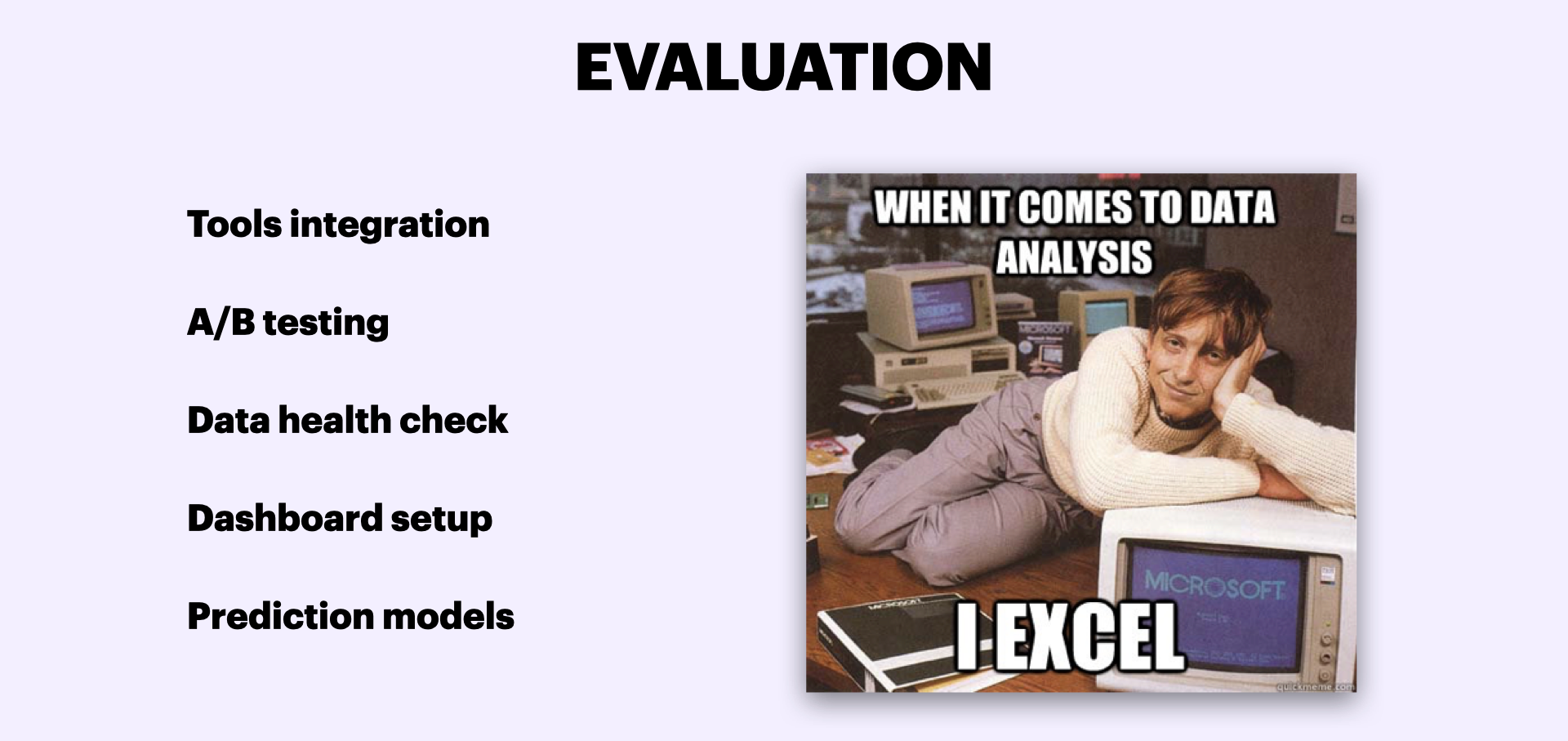
A soft launch is a time when you work with your data team to set up UA dashboards, integrate tools, monitor KPIs, and provide enough players for A/B testing. In the monetization stage, UA and data teams work hand in hand to create LTV predictions based on the acquired cohorts. I also suggest staying in soft launch for around six months so you have enough data to build those LTV models.
How Has the Launch of iOS 14.5 Transformed User Privacy and Attribution for Mobile Games?
Launch of iOS 14.5 Transformed User Privacy and Attribution for Mobile Games in following ways:
With the launch of iOS 14.5 in April 2021, the ATT era has begun to strengthen user privacy protection, and privacy policies have begun to affect the acquisition of IDFA (accuracy attribution) substantially. LAT started in 2006 has been gradually replaced by ATT (users below iOS 15 account for 6%). For users who upgrade to iOS 14.5 or above after LAT is turned on, the ATT era will continue to have LAT restrictions. Users whose version is still below iOS 14.5 can still obtain IDFA for accurate attribution if they do not turn on LAT. Users who are above iOS 14.5 and do not authorize IDFA need to use SKAN for attribution. However, it has also created significant challenges for marketers who have had to adapt to a completely new way of measuring UA campaigns.

Before iOS 14, marketers could measure in-depth and at length to determine user/campaign value. But in Apple’s SKAdNetwork, data is far less in-depth and at length…You get 64 combinations from 6 bits to map post-install activity and a few days at best of activity data.

Most games are driven by revenue conversion schema, with 84% of games utilizing revenue configurations.

Some game genres have a lower time to first purchase – particularly casual games – compared to mid-core or 4X strategy. It is absolutely crucial for UA teams to work alongside product/game teams to ensure the game can capture as many purchases as possible in the first 24 hours (without jeopardizing the game economy). This will enable UA managers to scale iOS campaigns.
How Should User Acquisition Strategies Differ Between PVP and Non-PVP Games?
User Acquisition Strategies Differ Between PVP and Non-PVP Games in following ways:
My go-to UA channel in the soft launch was (and still is) Facebook. Given the recent quality fluctuations, I started introducing Google UAC and Unity ads early in the retention stage. How should your strategy differ when you have a PVP game vs a non-PVP game?
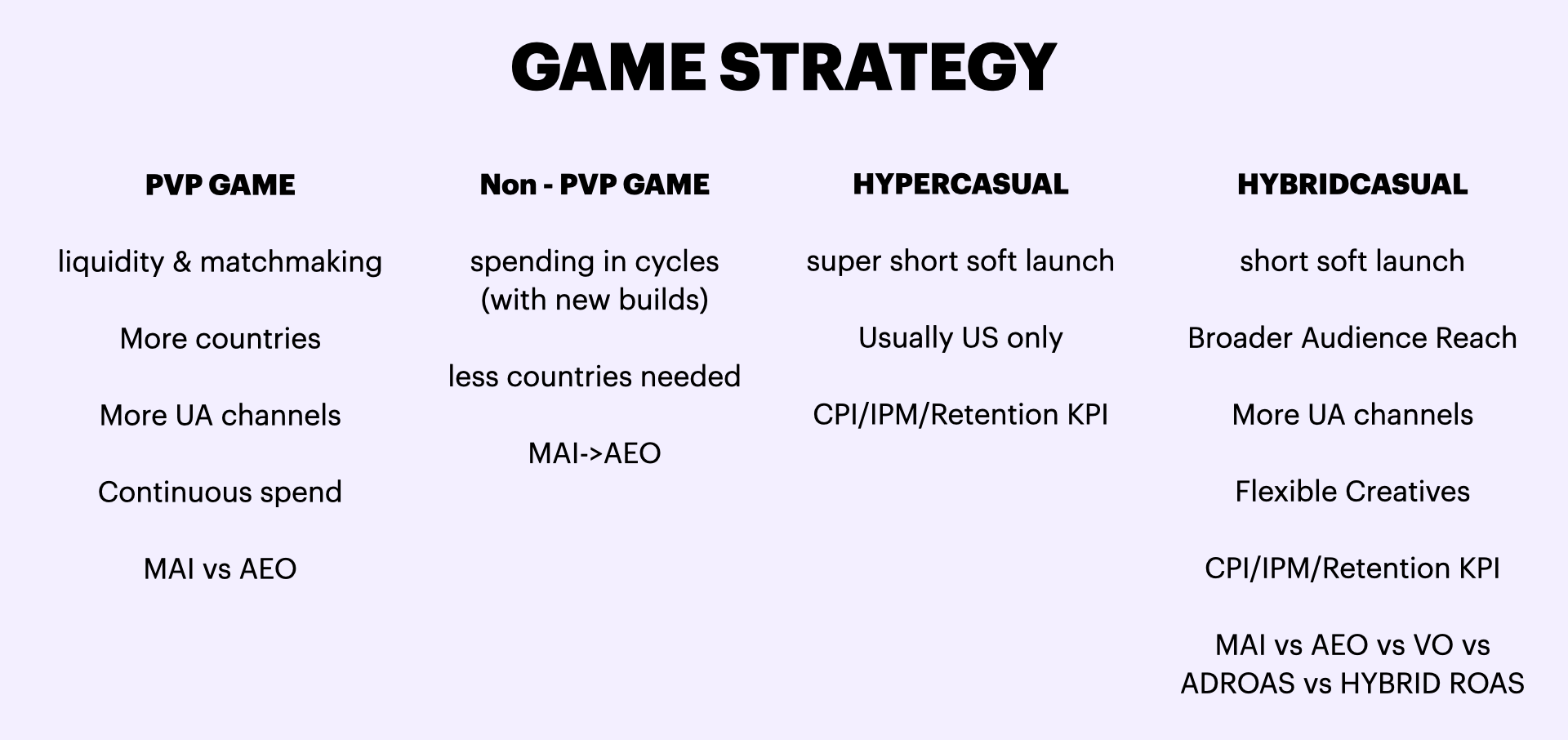
You need to keep in mind how many players you need to have statistically significant cohorts to make data-driven decisions. If you have a PVP game, liquidity is the key to your matchmaking, and therefore, the UA team needs to continuously provide a certain number of new users daily to make it work. As we know, if matchmaking doesn’t work, it can influence the game’s retention numbers and overall feel.

Days when Mobile app install (MAI) optimization was the only way to go are gone. While it can drive good-quality traffic, it won’t be sufficient for retention and monetization. When you enter the retention stage, sit down with a data team to identify events in the game (tutorial completion, level 10 achieved, 5 missions played, connect Facebook or share invite) that suggest player engagement and higher quality. Then, implement and use these events for optimization in App Event Optimisation (AEO) campaigns. Finally, as mentioned before, running AEO Purchase campaigns in the monetization stage will provide the necessary p(l)ayers to evaluate the monetization KPIs of your game.

Starting with broad campaigns using regular Facebook campaigns or Advantage+ App campaigns, the targeting will be continuously narrowed down to individual interests or lookalikes later down the road, depending on the results.
How Can You Effectively Test and Optimize Creative Strategies for Mobile Game User Acquisition?
You can Effectively Test and Optimize Creative Strategies for Mobile Game User Acquisition by following ways:

BAU campaign needs to use materials that have not run in the past because if you use old materials, they will be affected by the past machine learning history and create unfair competition with new creative strategy materials.
For effective creative testing, let’s create a separate campaign. All creative materials should remain the same size (1:1 or 4:5) and the same duration. The test needs to accumulate enough conversions to meet the minimum requirements of machine learning to produce convincing test results. During the test, do not shut down or reset the campaign because of temporary poor performance. At least each creative must achieve a total of 50 conversions in 4 days, and each creative must achieve 100 conversions in 7 days to make the results more credible.
What creative approach should they adopt to attract a substantial number of high-quality users? Once a best-performing concept is identified, explore diverse iterations to enhance performance. Additionally, consider testing meta-game components within your mobile game to identify additional incentives for new players. These can be interesting characters, mini-games, or social elements (e.g. multiplayer chat, or chat with an opponent).
The times when one creative concept worked mostly on every channel are long gone. Always check the competitors.
Use the FB Ads library, TikTok Ad library, and Google Ads transparency center; on top of that, use Adscan.ai to spy on your competitors and see which creative is spending the most in Europe (the most spending creative is most likely their best performing creative at that moment). Take the inspiration and tailor the creative to your gameplay.
How Should You Diversify Your User Acquisition Portfolio Across Android and iOS?
You can Diversify Your User Acquisition Portfolio Across Android and iOS in following ways:
Diversifying the UA portfolio is one of the most important parts of the marketing activities. In the retention phase, you should think about running at least two channels to benchmark them against each other. Which channels? It depends on your genre, but for example, if you have a merge game. I would go with Facebook and Unity.
How about iOS? When should it be added? Honestly, I do it after a few months of testing and running UA on Android. After you get the initial data on Android, you improve the game, and then you add iOS.
Ideally just before starting the monetisation phase. So you can configure your conversion schema and start the first tests.
In the monetization stage, different channels yield different LTV curves. Understanding this before the global launch is crucial for setting up the global launch strategy.

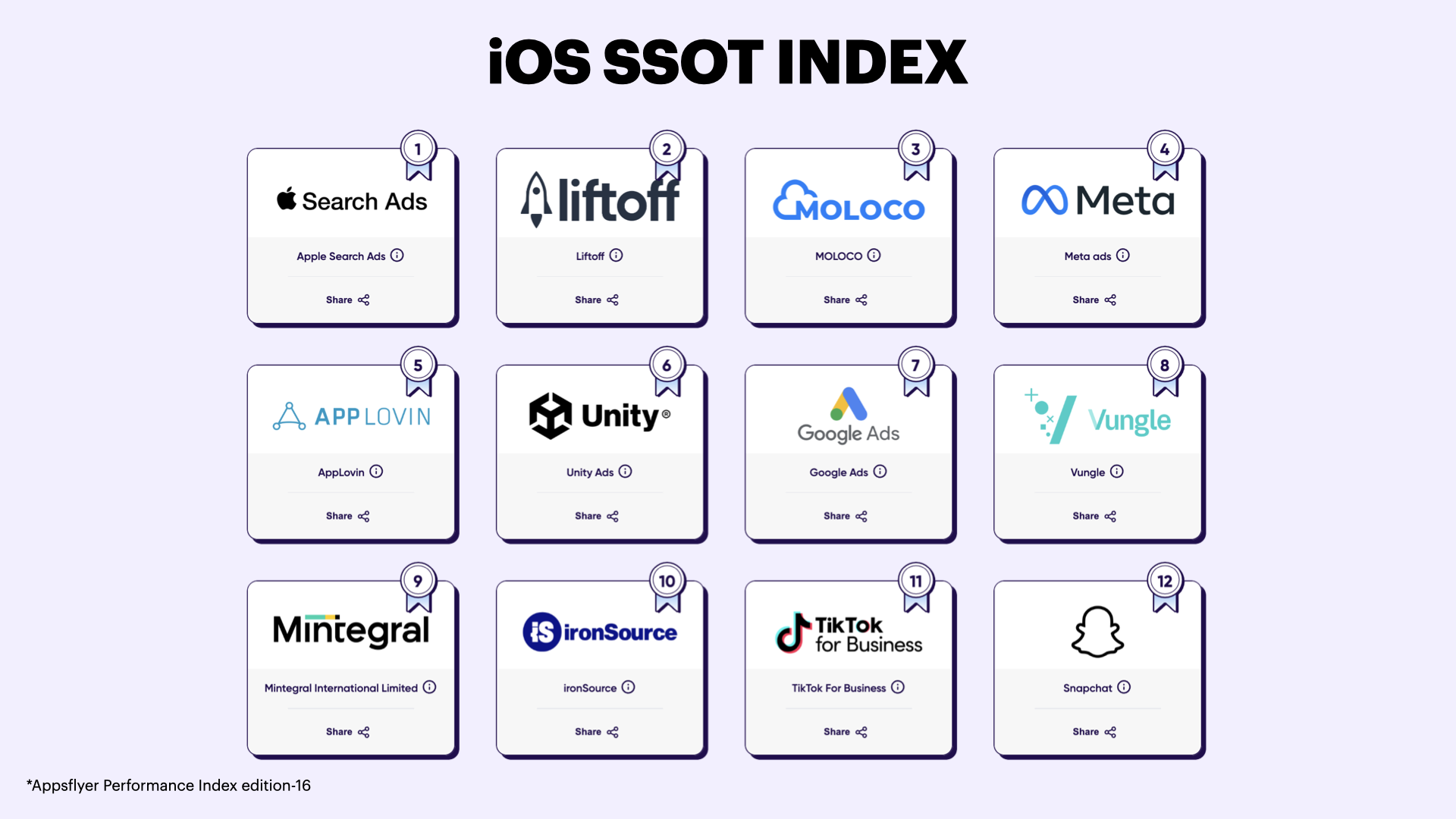
The same applies to Android vs iOS campaigns. While Google Ads is an important part of Android UA activities, for iOS, it sucks balls but depends if you have unlocked tROAS optimization for iOS it can be game-changing for you. On the other hand, Facebook could work well for iOS but not for Android. Be sure to test multiple ad networks before going global. If your soft launch budget doesn’t allow it, run Facebook, Google, and Unity as minimum viable UA portfolio.
How Can You Overcome Challenges and Optimize Your Mobile Game During a Soft Launch?
You can Overcome Challenges and Optimize Your Mobile Game During a Soft Launch in following ways:
Almost nothing goes according to plan. CPIs are increasing rapidly because you have been in the soft launch in limited countries for too long – how can you tackle increasing CPIs? Find out in my creative framework here! Other challenges have already been covered above. Soft launch is not easy, but you can make it!

A successful soft launch is the best way to optimize your game for global launch. There is no doubt. Soft-launching allows developers to collect data, identify bugs, and receive early feedback from players. But the soft launch period isn’t just for testing the product. UA teams should use this time to test and optimize every aspect of marketing.

There is no optimal soft launch strategy for everybody, but by now, you should know how to do it.
When Should You End Development on a Game During Its Soft Launch?
The challenging determination of when to terminate development on a game during its soft launch phase resembles the delicate process of contemplating the conclusion of a long-standing relationship.
Here’s the deal: If your last 2-3 builds didn’t improve the KPIs and your game is consistently underperforming, not showing any signs of improvement, and your user feedback is as scarce as unicorn sightings, it may be time to say goodbye.
But before you do, make sure you’ve exhausted all your options, tested different UA channels, and mercilessly optimized creatives. And remember, sometimes it’s better to cut your losses and move on to a new adventure. Especially in this tough market. Previously, you had 6-9 months to figure things out. Now, it’s more like 3-6 months.
But hey, don’t be too hard on yourself. We can’t all create mobile gaming masterpieces. It’s like trying to make a gourmet meal out of instant ramen.
So, my advice? Trust your gut, and don’t be afraid to hit that “uninstall” button. Your company (cash flow) will thank you.
How does a soft launch help with user acquisition strategies?
A soft launch helps with user acquisition strategies by allowing developers to test different marketing channels, ad creatives, and messaging to identify what resonates best with their target audience. During this phase, developers can experiment with targeting specific demographics, platforms, or geographies to gather data on user engagement and conversion rates. By analyzing these insights, they can optimize their user acquisition campaigns, allocate budget more effectively, and refine their approach for the full release, ensuring better results and cost efficiency.







